Japanese Calligraphy
Which Style of Kanji You Like Most? Various Writing Styles of Japanese Kanji Characters
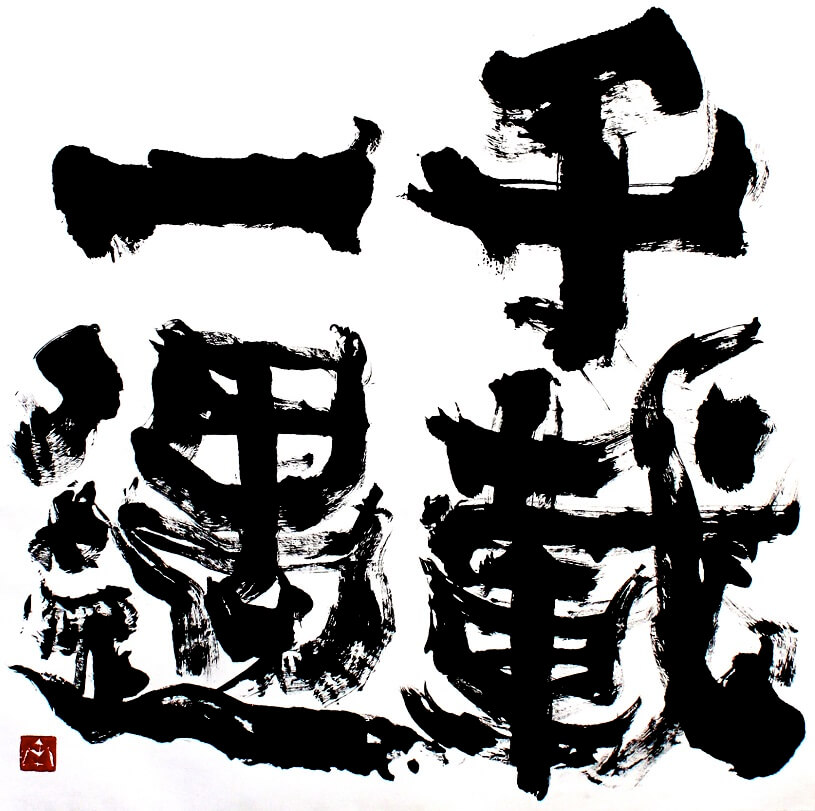
Shodo writing, Japanese calligraphy, is an artistic expression of writing characters with brush and Sumi ink. Kanji is a symbolic Japanese writing characters, which have very different shape from alphabet; complicated combination of lines and curves characterize its shapes. Kanji has huge number of characters and is originated in an ancient hieroglyph. Because of that, it is another characteristic of Kanji that each character has an abundant ability of expression.
Did you know the Kanji has variety of writing styles? Like block letters and cursive letters of alphabet, Kanji also has several styles in writing. Because Japanese calligraphy Shodo is an artistic expression of writings, any of these styles are used for that purpose. Basically, Shodo adopts five styles of Kanji writing. There may be some more when we include minor styles, basically one of the five styles is used at a time.
Let’s see how the five styles differ from each other. The following characters describe same Kanji character of 春 “Spring”. They look similar to some extent, don’t they?

Now, I’ll introduce more details of each Kanji style.
Kaisho Style
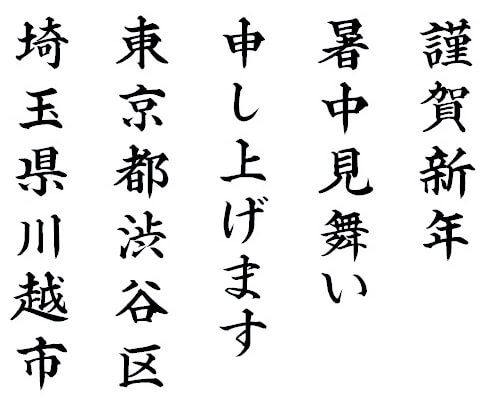
This is the most commonly used Kanji style today in Japan. Basically, each character is written carefully without disordering its appearance. Characters are accurately written in Kaisho style.
Therefore, Kaisho style is the basic of Japanese characters. All official documents in Japan are written in this style: documents in public offices, exams in schools, contracts between companies, and so on. So, Japanese learn only Kaisho style in schools.
Gyosho Style
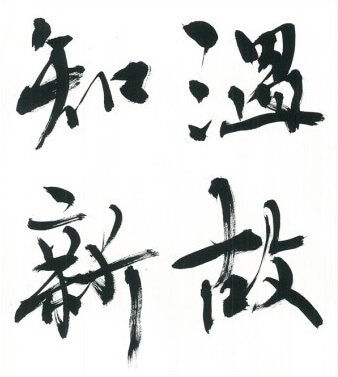
Gyosho is slightly disordered style from Kaisho style. Disordering means to connect and intone between lines slightly. Writer can connect of disconnect lines in or between character(s). However, there are some rules to connecting and/or disconnecting, which avoid disordering characters too much and readable for anyone. Those who learn Shodo Japanese calligraphy frequently learn both Kaisho and Gyosho styles.
Sosho Style
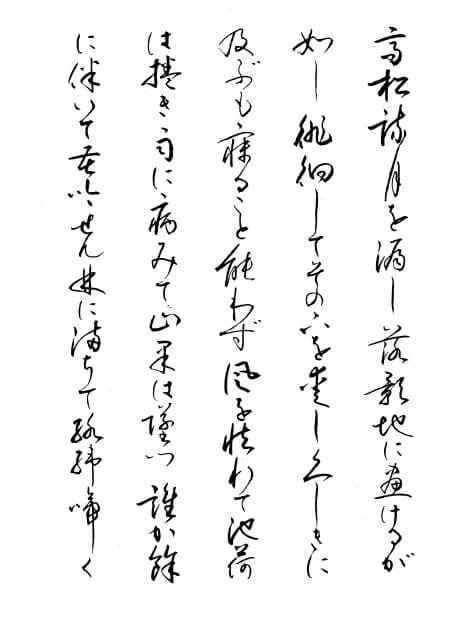
Sosho is more disordered style from Gyosho (slightly disordered) style. In this style, some lines in a character are omitted or disordered frequently, so it is quite difficult to read and write unless you learn its writing system. This style is hardly used other than Shodo Japanese calligraphies. Furthermore, calligraphers have different styles of disordering; a Kaisho style character has only one form, whilst Gyosho style some character has variations i.e. same character look differently.
Having said that, Japanese sentence written in this style by experienced calligrapher is extremely beautiful as you can see in the image above. A master calligrapher in Heian era (1200 years ago) who was an expert of this style was listed in the three greatest calligraphers.
Reisho Style
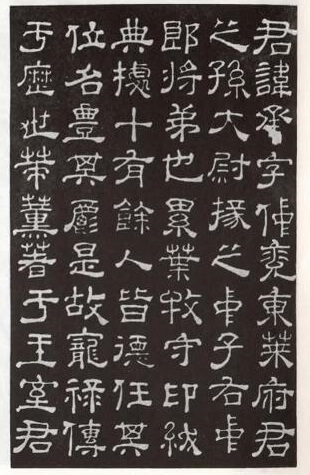
Reisho is a practical form Tensho style, an ancient form of Kanji. This style is characterized in horizontal wiping lines and relatively long shape from side to side. This Reisho style was invented in order to improve efficiency of recording official documents. In the era when Reisho style became widely adopted, many stone monuments which have inscribed records with Reisho style characters were made.
Along with decline of Kan Kingdom where Kanji (meaning Kan characters) was born, knowledge and writing technique of Reisho style was declined as well. It is said that invention and development of the paper somehow affected its decline. Anyway, there was few trace of this Reisho style characters to be written.
Tensho Style
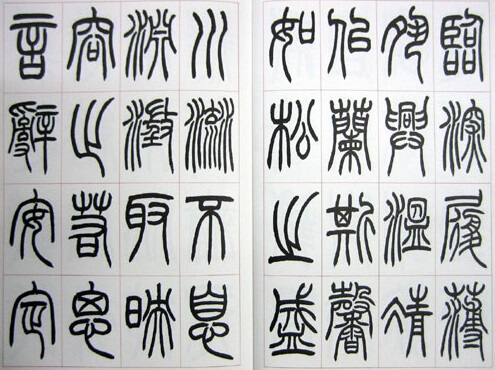
Tensho style characters had used until practical Reisho style was invented in ancient China. Although Tensho style was short-lived as an official writing style, it has been used for official stamps because of its decorative shapes. A disadvantage of this beautiful style was very hard to write. Because of its hardness and time consuming works, governmental officials tried to make them more easy to write and practical, which led to the birth of Reisho style.
In Conclusion: Which Style Do You Like Most?
As we see so far, writing style of Kanji characters has changed in accordance with the changes of time. Ancestors of simple Kanji character in present often have very complicated ones. To make it artistically, Shodo Japanese writing adopts these Kanji styles appropriately. If you may find your favorite style, how about trying to find Shodo art that used that style?
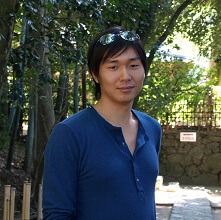
Author - Hiro
Lived in Kyoto in school days, I was impressed by profundity of history and tradition of the city. Had a job to join the three major festivals of Kyoto: Aoi, Jidai and Gion festivals. Love Kyoto and Japanese culture.
Manager of OrientalSouls.com, selling items of Japanese culture, tradition and craftsmanship. I'll introduce interesting information about Japan!

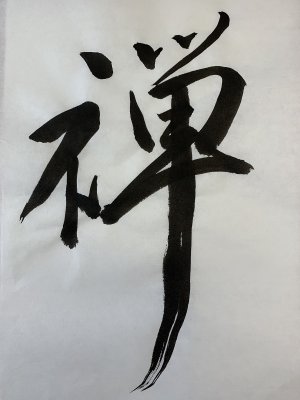
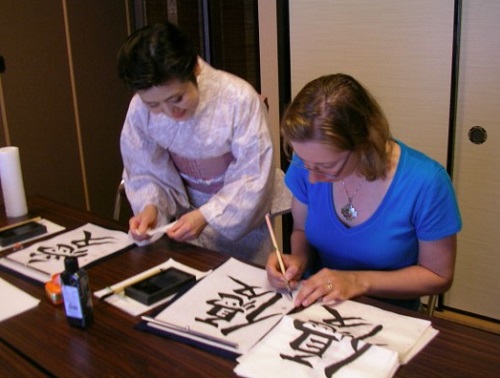
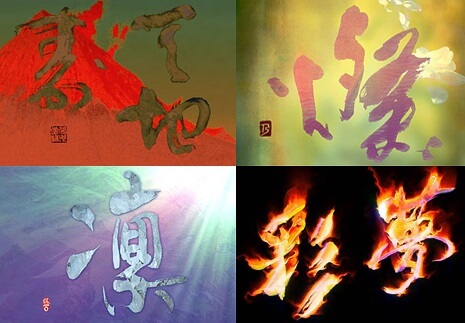
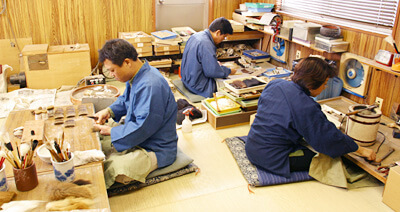
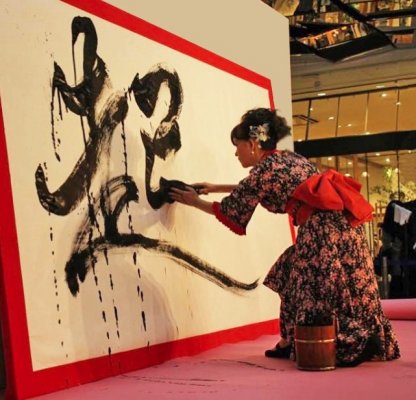
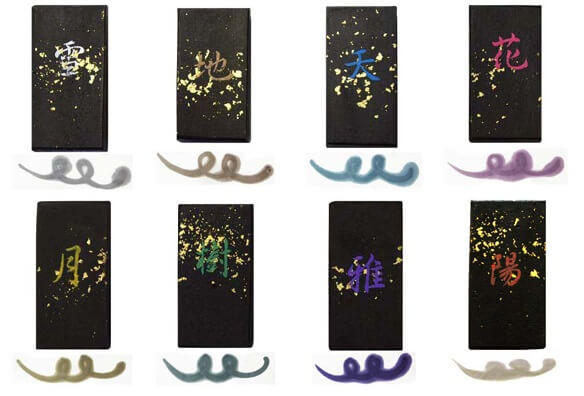
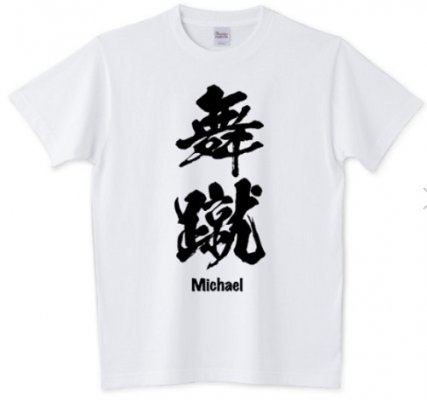

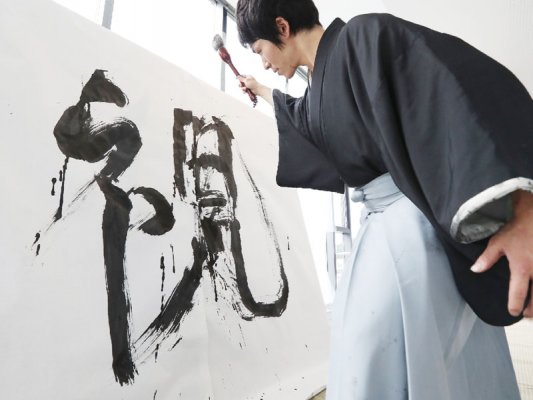
About Orientalsouls.com
Learn and Buy Japanese Craftsmanship, Tradition & Culture
OrientalSoul.com is the online shop where you can buy traditional crafts of Japan.
We only sell selected authentic products in which true spirits of Japanese craftsmanship exist.
You may be able to find similar products in other shops for lower prices. However, we sell products based on fair prices that worth labor and value of experienced craftsmen.
In addition, we introduce stories about product history, how a product is made, what makes it different from others, and how the product enriches your life!